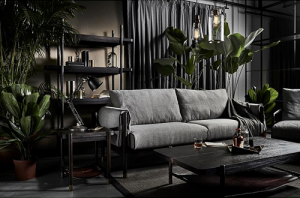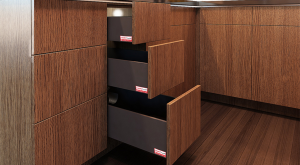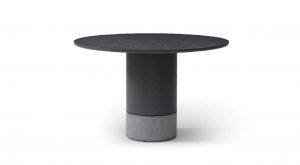Featured Post
The Definitive Furniture Maintenance and Care Guide
Ensuring longevity and beauty for your furniture requires ongoing care and attention. This guide provides practical tips to help you maintain your tables and other essential pieces.
Introduction to Furniture Maintenance and Care Guide
Furniture, whether it's an antique desk or a modern dining table, adds personality and comfort to our living spaces. However, without proper care, furniture can lose its appeal. This guide is designed to help you protect and preserve your investment with actionable maintenance tips.
Understanding Your Furniture
Before diving into maintenance, it's important to understand the materials used in your furniture. Wood, metal, glass, and upholstery each require different care strategies.
- Wood: Regular dusting and polishing keep wood surfaces looking fresh. Consider the type of wood—oak, cherry, or mahogany—as each may react differently to cleaning products.
- Metal: Avoid harsh cleaners that can strip finish. Instead, use a damp cloth to wipe down metal furniture.
- Glass: Use a glass cleaner for surfaces like coffee table tops to prevent streaking, and be cautious of liquid spills that may seep into wooden supports.
- Upholstery: Regular vacuuming prevents dust accumulation, and using fabric-safe cleaners helps address stains.
Maintaining wood furniture, especially tables, requires a blend of care practices tailored to the wood type and finish. For example, while maple may withstand heat better, it still demands regular conditioning to prevent drying out.

Daily Cleaning Routines
Daily maintenance doesn't have to be time-consuming. Below are quick cleaning tips suited for your furniture:
- Use a dry, soft cloth to dust wooden surfaces every day.
- For metal and glass furniture, use microfiber cloths that trap dust instead of spreading it.
- Keep upholstery vacuumed regularly to extend its lifespan and maintain appearance. Spot-clean spills immediately to prevent staining.

Weekly and Monthly Maintenance
While daily cleaning is crucial, a more in-depth cleaning routine should be carried out monthly:
- Wood: Polish every few weeks to replenish luster and protect surfaces. Opt for natural wax or oil if you prefer an eco-friendly option.
- Metal: Check for signs of rust and treat with appropriate rust-removal products.
- Glass: Deep clean to eliminate fingerprints and water spots using non-abrasive cleaners.
- Upholstery: Deep clean with a steam cleaner every few months or as needed.
Protecting Your Furniture
For long-term care, consider the following techniques:
- Use coasters and placemats to prevent surface marks on tables.
- Avoid placing furniture in direct sunlight to reduce fading.
- Utilize furniture pads under heavy objects to prevent indentations on soft surfaces.

Seasonal Care Tips
Changing seasons can affect furniture, especially wood and metal, which may expand or contract:
- Winter: Use humidifiers to prevent wooden furniture from drying due to indoor heating.
- Summer: Use air conditioning or fans to reduce humidity affecting metal parts.
- Spring/Fall: This is a great time for a comprehensive inspection for repair needs, addressing issues like loose joints or scratches.
Authentic Insights from Home
From my own experience, regularly oiling my oak coffee table has maintained its richness and reduced scratches. A small dehumidifier next to my metal bookshelf has also prevented rust during muggy summers.

Quick Fixes and Repair Tips
Despite best efforts, damage can occur. Here's how to manage common issues:
- Scratches on Wood: Use a matching color wood filler or polish to disguise scratches.
- Loose Joints: Apply wood glue to secure wobbly joints on tables or chairs.
- Stains on Upholstery: A mixture of baking soda and water can lift stubborn stains. Always test on an inconspicuous area first.
Final Thoughts
By setting up a consistent maintenance routine, you can preserve the beauty and function of your furniture for years. Don’t forget that proper care is not just about cleaning but also about proactively preventing damage.









